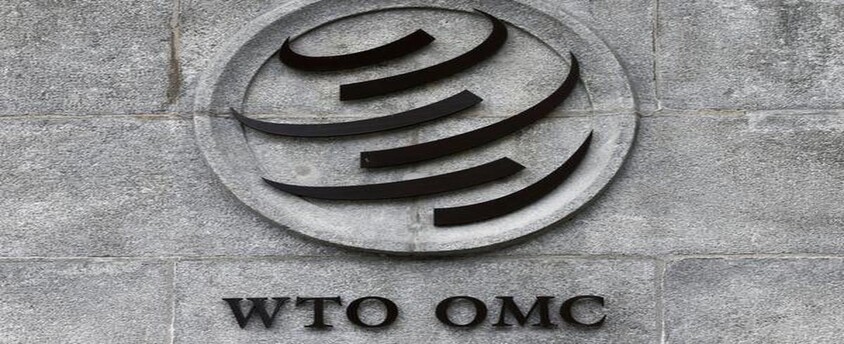WTO panel rules against India
20, Apr 2023

Prelims level : Taxes & Taxation
Mains level : GS-II Bilateral, regional and global groupings and agreements involving India and/or affecting India’s interests.
Why in News?
- World Trade Organization (WTO) panel has ruled that India has violated global trading rules by imposing import duties on IT products, such as mobile phones and components, and integrated circuits.
What was the case?
- The case involved a dispute over India’s introduction of import duties ranging from 7.5% to 20% on a wide range of IT products, including mobile phones, components, and integrated circuits.
- The EU, Japan, and Taiwan challenged these import duties in 2019, arguing that they exceeded the maximum rate allowed under global trading rules.
- The recent ruling by the WTO panel found that India had violated these rules and recommended that India bring its measures into conformity with its obligations.
WTO Panel’s Ruling:
- The WTO panel has ruled that India violated global trading rules by imposing these import duties.
- The panel recommended that India bring these measures into conformity with its obligations.
- While the panel broadly backed the complaints against India, it rejected one of Japan’s claims that India’s customs notification lacked “predictability”.
Implications of the ruling:
- The EU is India’s third-largest trading partner, accounting for 10.8% of total Indian trade in 2021, according to the European Commission.
- The ruling could have implications for trade relations between India and the EU, as well as Japan and Taiwan.
- India may be required to lower or eliminate the challenged import duties.
- It remains to be seen whether India will appeal against the ruling.
- If it does, the case will sit in legal purgatory since the WTO’s top appeals bench is no longer functioning due to US opposition to judge appointments.
About the World Trade Organization:
- The WTO started functioning on 1 January 1995, but its trading system is half a century older. Since 1948, the General Agreement on Tariffs and Trade (GATT) had given the rules for the system. (The second WTO ministerial meeting, held in Geneva in May 1998, included a celebration of the 50th anniversary of the system.)
- It did not take long for the General Agreement to give birth to an unofficial, extant international organization, also known informally as GATT.
- Over the years, GATT evolved through several rounds of negotiations.
- The General Agreement on Tariffs and Trade (GATT) had its last round in 1986 and it lasted till 1994.
- This was known as the Uruguay Round and it led to the formulation of the World Trade Organization (WTO).
- While GATT mostly dealt with trade in goods, the WTO and its agreements could not only cover goods but also trade in services and other intellectual properties like trade creations, designs, and inventions.
- The WTO has 164 members and 23 observer governments. Afghanistan became the 164th member in July 2016. In addition to states, the European Union, and each EU country in its own right is a member.India is the original member of the World Trade Organization.
Purpose of WTO:
- To establish rule of law in international trade.
- To ensure free and fair trade.
- To maintain transparency and predictability in international trade.
- To contribute to the development of developing countries.
WTO and developing countries:
- The WTO classifies nations into developed, developing, and least developed countries (LDCs).
- The terms “developed” and “developing” countries are not defined by the WTO.
- The members declare themselves whether their countries are “developed” or “developing.”
- However, other members have the right to challenge the member’s choice to use a provision that is available to developing nations.
- Like IMF and World Bank where a system of weighted voting exists, in WTO also each country has an equal vote. WTO agreements require consensus.
- The Developing Country status comes with certain rights. The status ensures special and differentiating treatment (S&DT).






